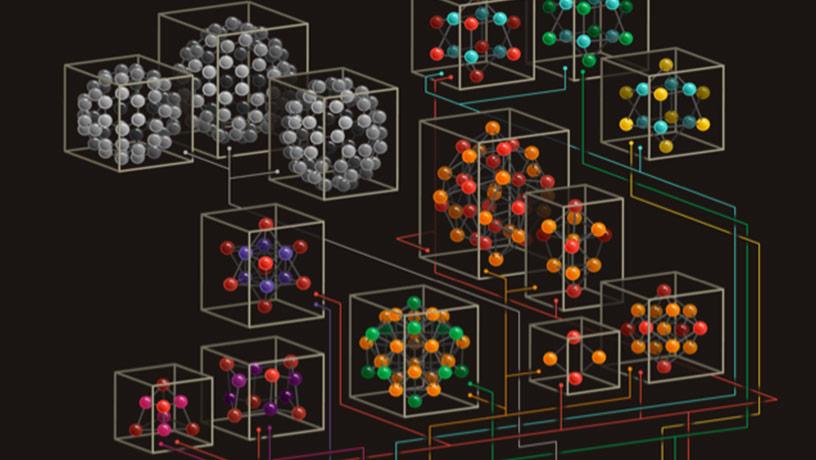MRSEC Wins $18M NSF Grant
Funding will support research on new quantum materials

Columbia researchers have successfully re-competed for the highly competitive Materials Research Science and Engineering Center (MRSEC) program, sponsored by the National Science Foundation (NSF). Columbia’s MRSEC, the Center for Precision-Assembled Quantum Materials (PAQM), will receive $18 million over the next six years to support cutting-edge research into new quantum materials, in which clear effects of quantum mechanics emerge in macroscopic systems.
Led by Director Jim Hone, Wang Fong-Jen Professor of Mechanical Engineering, and Associate Director Colin Nuckolls, Sheldon and Dorothea Buckler Professor of Material Science in the Department of Chemistry , the new center supports 14 research groups across the University and seven research groups at university partners CCNY, Howard, Harvard, and Stony Brook. PAQM also has strong collaborations with the Flatiron Institute, Brookhaven National Laboratory, and a number of universities and industrial partners around the world.
“Through the PAQM, researchers will explore new materials systems that will enable future quantum technologies,” Hone said. “And we will educate a diverse new generation of scientists and engineers who will collaborate across disciplines to advance the frontiers of knowledge and technology.”
The PAQM research program comprises two interdisciplinary groups, both of which create and study new materials created from lower-dimensional building blocks. The first group builds layered structures by stacking atomically thin sheets; the second group assembles chemically precise molecular clusters into two- and three-dimensional networks. In both systems, investigators can control the emergent properties both by choosing different building blocks and directing how they are assembled.
The emerging field of quantum science and technology promises future breakthroughs in information processing, communications, and sensing, just as the first "quantum revolution" of the 1950s brought world-changing inventions as the transistor and the laser.
“Just as developingthe integrated circuits that power our computers and phones required breakthroughs in materials such as silicon, realizing the promise of new quantum technologies will require breakthroughs in quantum materials,” Hone explained. “Here at the PAQM, the flexible platforms utilized by our team provide great advantages compared to conventional materials.”
Added Nuckolls, “Our assembly approach provides the freedom to create materials by design that will offer new ways to manipulate the flow of charge, spin, and energy, as well as host quantum states such as superconductivity.”
PAQM will train researchers at the high school, community college, undergraduate, and graduate levels in a vibrant environment that brings together researchers from multiple science and engineering disciplines. The center also engages with students and teachers at the elementary and middle school levels to build interest in science. PAQM’s activities aim to increase diversity at all levels, particularly in fields related to materials science and engineering.
